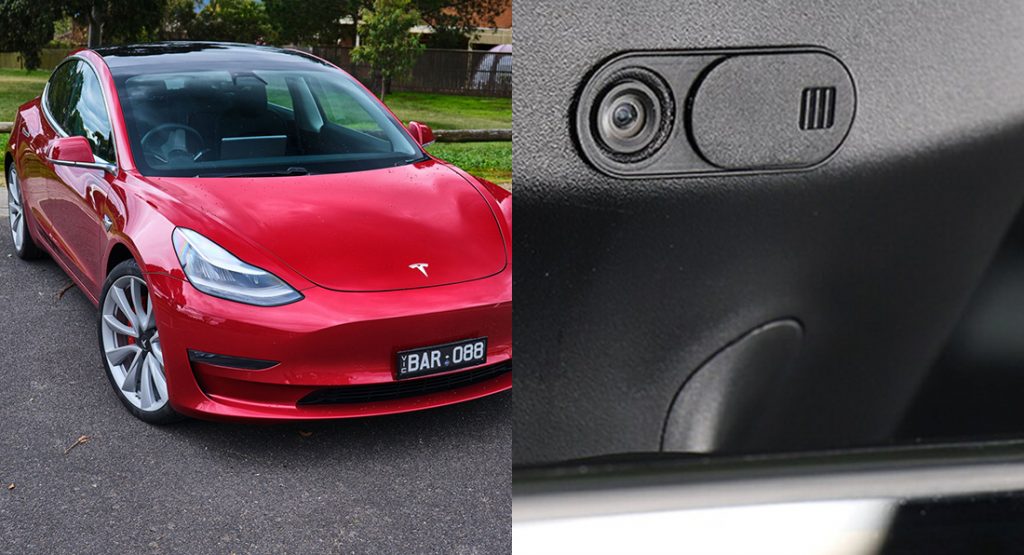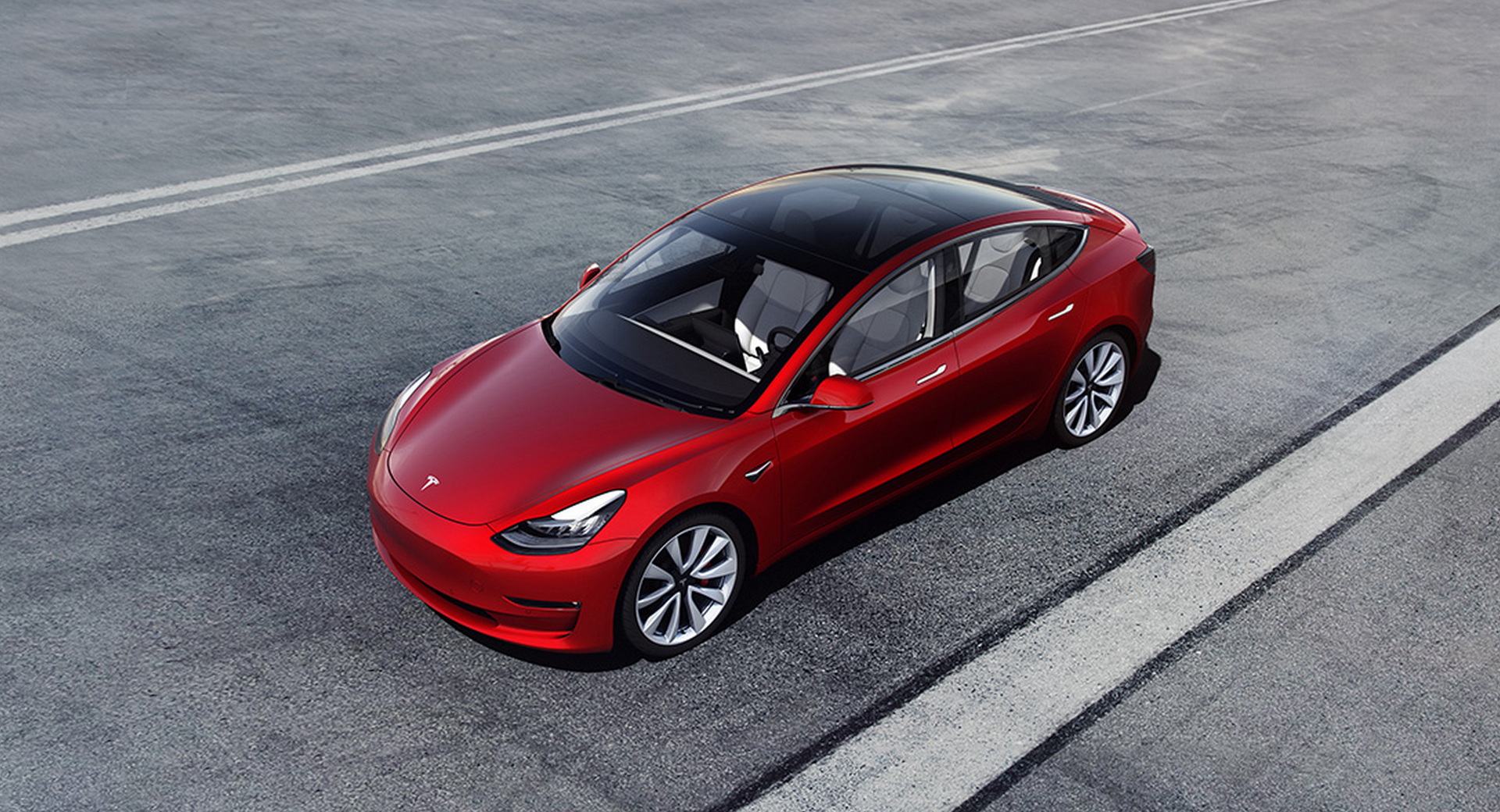Privacy concerns have been raised about the in-car cameras used on certain Tesla vehicles that record and transmit footage of drivers and passengers.
Consumer Reports notes that the driver-facing camera located in the rearview mirror of the Model 3 and Model Y is turned off by default, but if enabled, will capture and share video clips of the moments before a crash or an automatic emergency braking activation. Tesla says it uses this footage to “develop further safety features and software enhancements.”
While the Model 3 and Model Y have an in-car camera, they do not have a proper driver monitoring system and solely use steering wheel inputs to determine driver engagement. Rather than using cameras to record, save, and transmit videos like Tesla does, most driver monitoring systems from legacy automakers use infrared technology to track a driver’s eye movements or head position. These are known as closed-loop systems and don’t present the same privacy concerns as Tesla’s system.
Read Also: Elon Musk Refutes Claims That Tesla Cars Are Being Used For Spying In China
“Any time video is being recorded, it can be accessed later,” senior counsel at the Electronic Privacy Information Center, John Davisson, said. “There may be legal protections around who can access it and how, but there’s always the possibility that insurance companies, police, regulators, and other parties in accidents will be able to obtain that data.”
Elon Musk recently indicated that the car manufacturer can use its in-car cameras to ban drivers from participating in ongoing tests of its Full Self-Driving beta, leading Consumer Reports’ program manager for vehicle interface testing Kelly Funkhouser to suggest the carmaker is using the system for its own benefit.
“We have already seen Tesla blaming the driver for not paying attention immediately after news reports of a crash while a driver is using Autopilot,” she said. “Now, Tesla can use video footage to prove that a driver is distracted rather than addressing the reasons why the driver wasn’t paying attention in the first place.”





